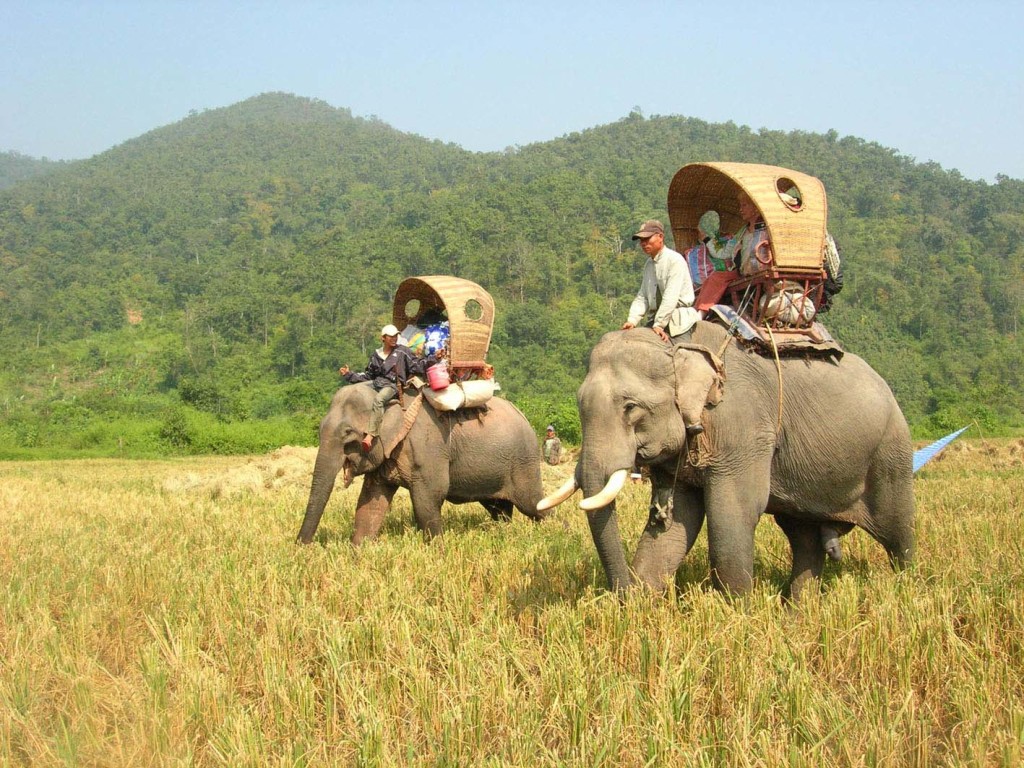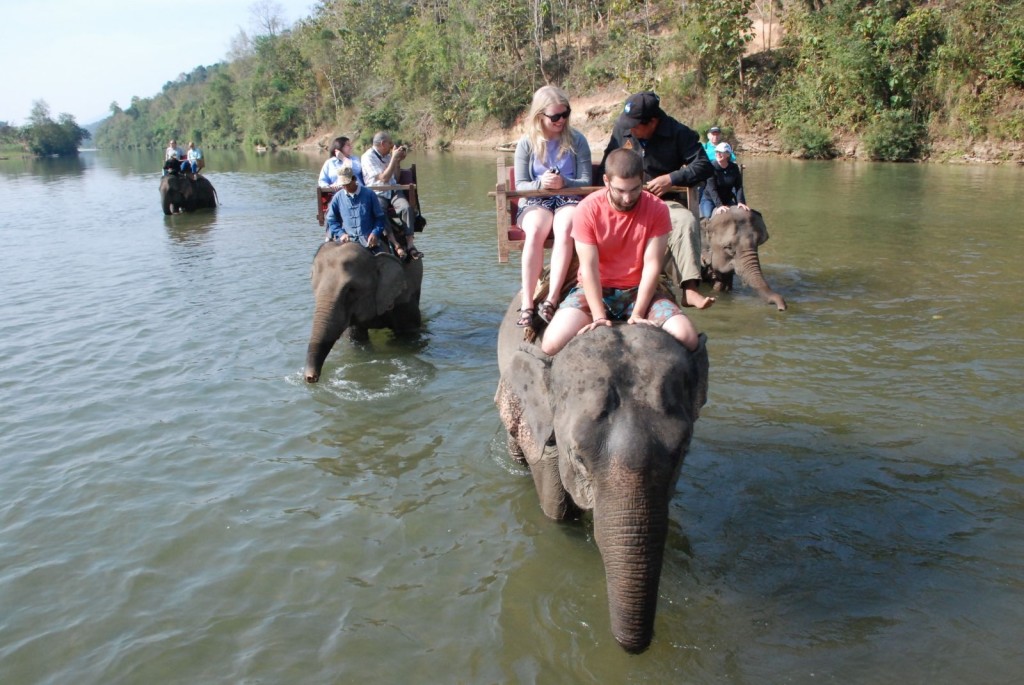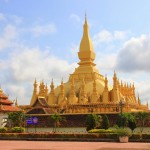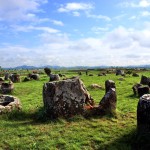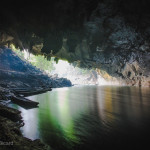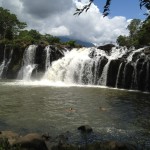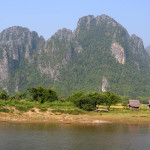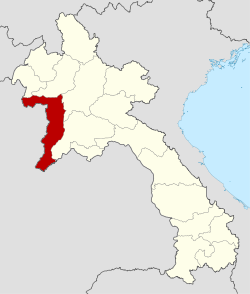
Sayabouly Province is situated in the northwest of Laos, sharing borders with Vientiane Province and Luang Prabang Provincein the east, and Thailand in the west. This mountainous province has several peaks with altitudes of more than 1.000 meters. Travel to this rugged landscape will reveal many beautiful mountains and flower gardens. The local people earn their living via agricultural products such as growing rice, cucumbers, cotton, cabbage, beans and sugarcane. Elephant continue to be used for loading and transporting heavy items. The province is also an important agricultural producer of rice, cotton, peanuts, sesame, maize and oranges. The Malabri, one of the last remaining hunter-gatherer groups in Southeast Asia inhabit the forests in the province’s western region. Other ethnic groups located in the province include the Khmu, Tai Dam, Tai Lue, Htin, Phai, Kri, and Akha. In Muang Ngeun District are ethnic Tai Lue villages, which still build traditional houses constructed with characteristic high-sloping roofs. Muang Ngeun’s old Tai Lue style temples include Wat Ban Khon with its unique natural fiber murals and decorations, and Wat Si Boun Yeun with its charming view of the town.
Sayabouly has the largest number of elephants in Laos, which are commonly used to carry heavy items to and from fields and forest. In Hongsa District, elephant riding tours can be arranged and a visit to the Lao Elephant Conservation Center is a nice half-day trip. Also of interest in Hongsa is Wat Simoungkhoun with its astonishing collection of Buddha images and the old city walls of an ancient settlement whose history is shrouded in mystery. In Sayabouly town, located on the banks of the Nam Houng River, and a beautiful backdrop of green fields and the Pha Xang Mountain range. are Wat Sibounheuang with its ancient foundations dating back to the 16th century or perhaps earlier; Wat Siphandon with its unique diamond-shaped stupa and Wat Sisavangvong. Between Vientiane and Sayabouly town is Paklay, a small town located on the Mekong River banks with French colonial buildings, traditional Lao-style wooden houses.
The 1,912 km2 Nam Phui National Protected Area has steep and rugged ridges composed mostly of Mesozoic sandstones and shales with summits along the Thai border that reach 1790 m. The NPA has a substantial wild elephant population, with an estimated 350 animals. Gibbon, gaur, tiger, dhole, serow, silvered langur, Asiatic black bear, and possibly even Sumatran rhinos are some of the other large animals found in the area. Don’t miss the scenic waterfalls Nam Tok Na Kha, Nam Tok Ban Kum, and Tad Ham Waterfall found in the southern part of the province.
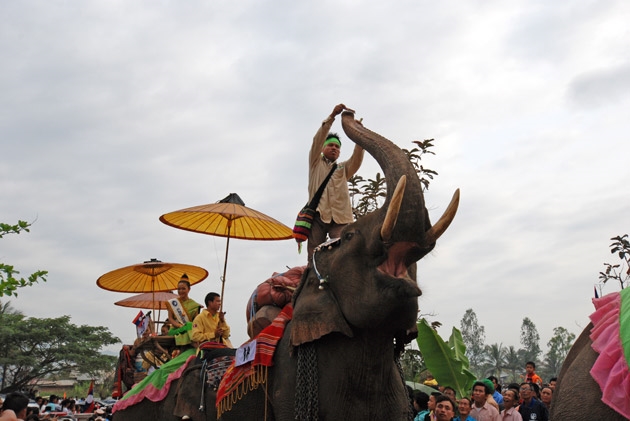
The art of Tai Lue weaving is still practiced in many Tai Lue villages throughout the province. Villages can be visited to learn about the production process and to purchase textiles. Many villages also work in cotton, organically grown in the province.

